Ask AI on The Internet
Question: INTRODUCTION TO Determination of Cu2+ concentration by making use of a UV/vis spectrophotometer PRACTICAL. WRITE BACKGROUND INFORMATION OF THE PRACTICAL AND THE AIM OF THE PRACTICAL ,STATE WHY IS IT SIGNIFICANT THAT STUDENT DO THE PRACTICAL .INTEXT REFERENCE
**Background Information** The determination of Cu²⁺ (copper ion) concentration using a UV/Vis spectrophotometer is a common and important analytical method in chemistry. This technique utilizes the principle that certain substances absorb light at specific wavelengths. When UV or visible light passes through a solution containing Cu²⁺ ions, the amount of light absorbed by the solution is directly related to the concentration of these ions. By measuring the absorbance at the appropriate wavelength, the concentration of Cu²⁺ can be accurately determined. UV/Vis spectrophotometry works on the basis of Beer-Lambert Law, which states that absorbance (A) is directly proportional to the concentration (c) of the absorbing species and the path length (b) of the sample cell: \[ A = \varepsilon \cdot b \cdot c \] where: - \( A \) is the measured absorbance, - \( \varepsilon \) is the molar absorptivity (a constant specific to the substance and wavelength), - \( b \) is the path length of the sample cell (typically in cm), - and \( c \) is the concentration of the solution. By creating a calibration curve from standard solutions with known concentrations of Cu²⁺ and measuring their absorbance, the concentration of an unknown sample can be determined through interpolation. **Aim of the Practical** The aim of this practical is to determine the concentration of Cu²⁺ ions in an unknown solution using a UV/Vis spectrophotometer. This involves preparing a series of standard solutions of known Cu²⁺ concentrations, measuring their absorbances, and plotting a calibration curve. The absorbance of the unknown solution will then be measured and its concentration will be determined using the calibration curve. **Significance of the Practical** 1. **Understanding Analytical Techniques**: UV/Vis spectrophotometry is a fundamental analytical technique widely used in both research and industry. By performing this practical, students gain hands-on experience in preparing samples, calibrating instruments, and analyzing data. 2. **Skill Development**: This practical helps students develop essential laboratory skills such as precise measurement, solution preparation, and instrument calibration. These skills are foundational for any laboratory-based scientific career. 3. **Application of Theory**: The practical application of Beer-Lambert Law allows students to link theoretical knowledge with practical experience. Understanding how absorbance correlates with concentration reinforces key concepts in analytical chemistry. 4. **Real-World Relevance**: The determination of metal ion concentrations is crucial in various fields including environmental monitoring, material science, and clinical chemistry. Mastery of this technique prepares students for real-world applications at the intersections of science and industry. 5. **Critical Thinking and Problem Solving**: Conducting this practical cultivates critical thinking as students must interpret their results and troubleshoot any discrepancies. It enhances their ability to solve problems methodically and effectively. **In-Text Reference** According to the Beer-Lambert Law, the absorbance of a solution is directly proportional to its concentration and path length, which forms the basis for determining unknown concentrations through UV/Vis spectrophotometry (Skoog et al., 2013). Reference: Skoog, D. A., Holler, F. J., & Crouch, S. R. (2013). *Principles of Instrumental Analysis* (7th ed.). Cengage Learning.
Think your answer is better than the AI's? Post it below.
Other Most Relevant Posts:
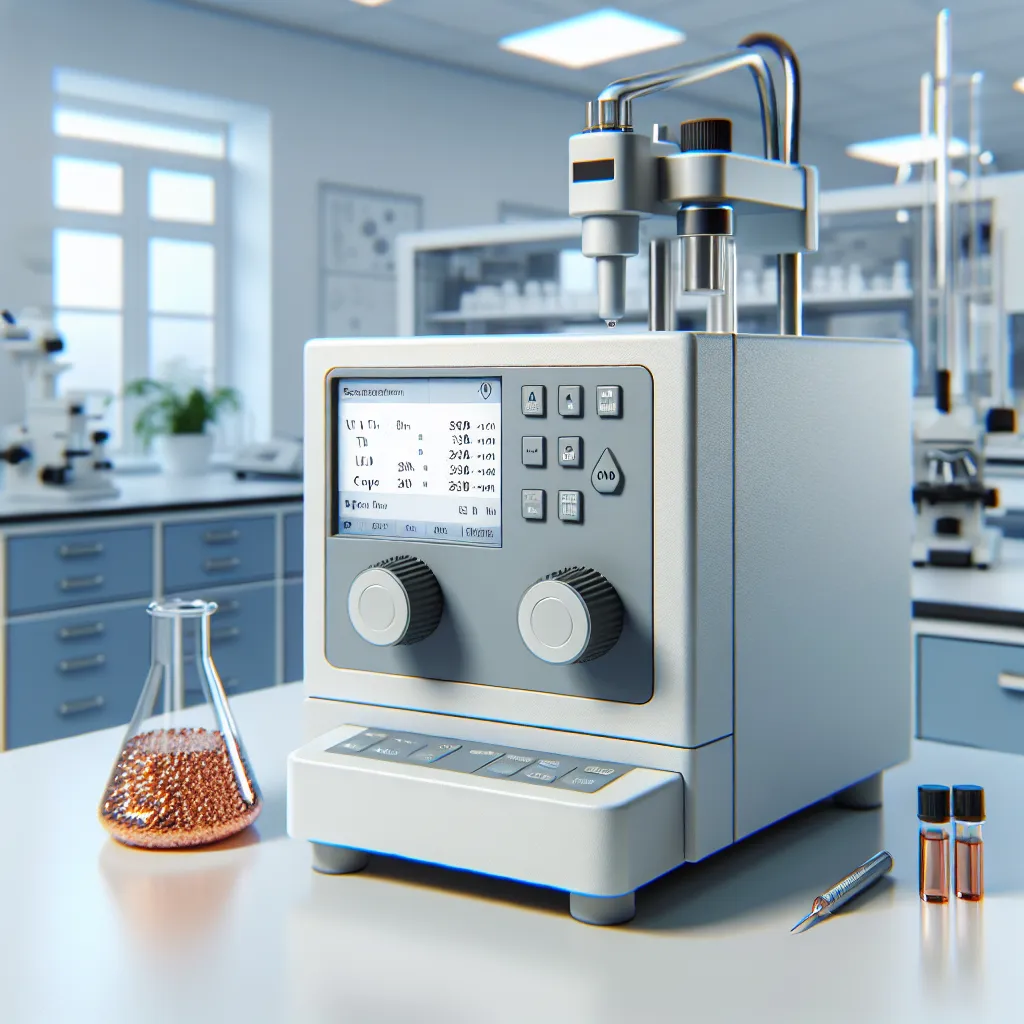 Ask AI: INTRODUCTION TO Determination of Cu2+ concentration by making use of a UV/vis spectrophotometer EXPERIMENT INTEXT REFERENCE
Ask AI: INTRODUCTION TO Determination of Cu2+ concentration by making use of a UV/vis spectrophotometer EXPERIMENT INTEXT REFERENCE
Question Tags
If you want your question answered by an AI, click here.
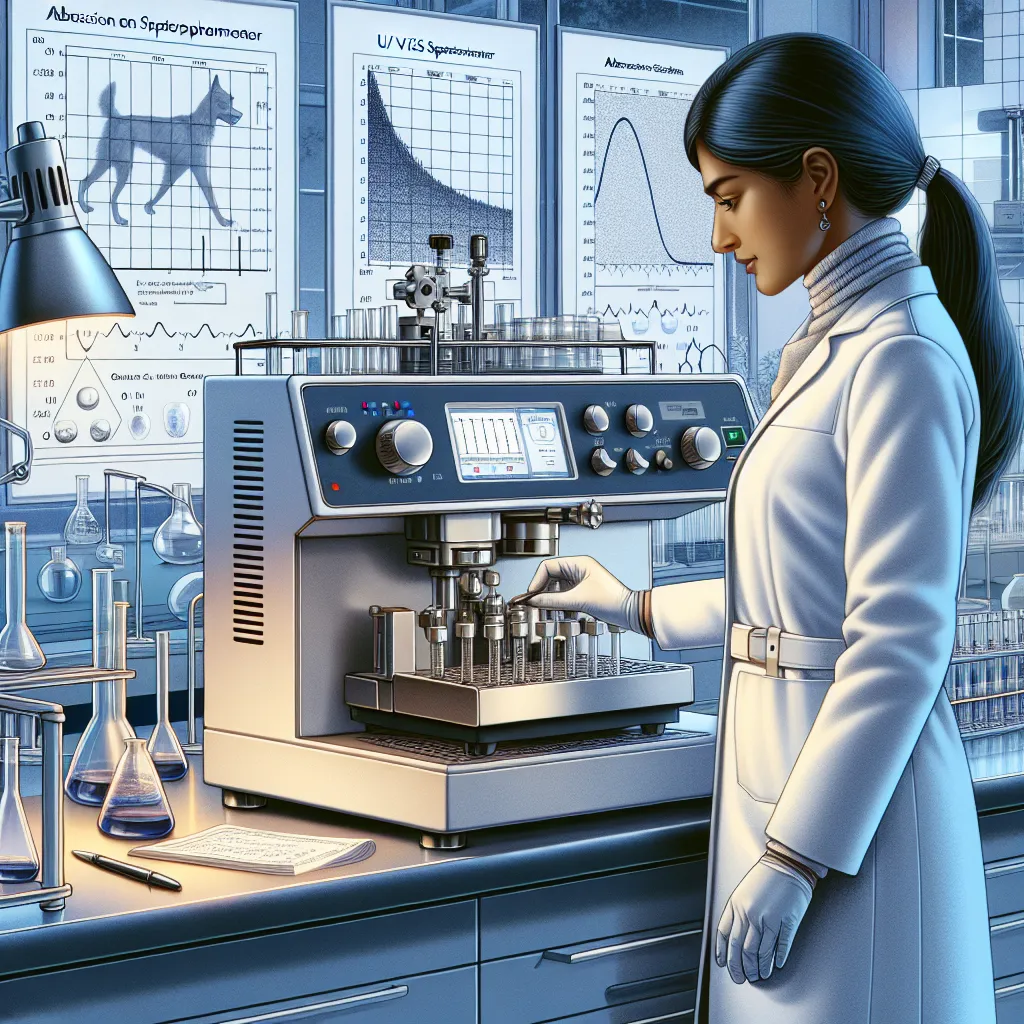
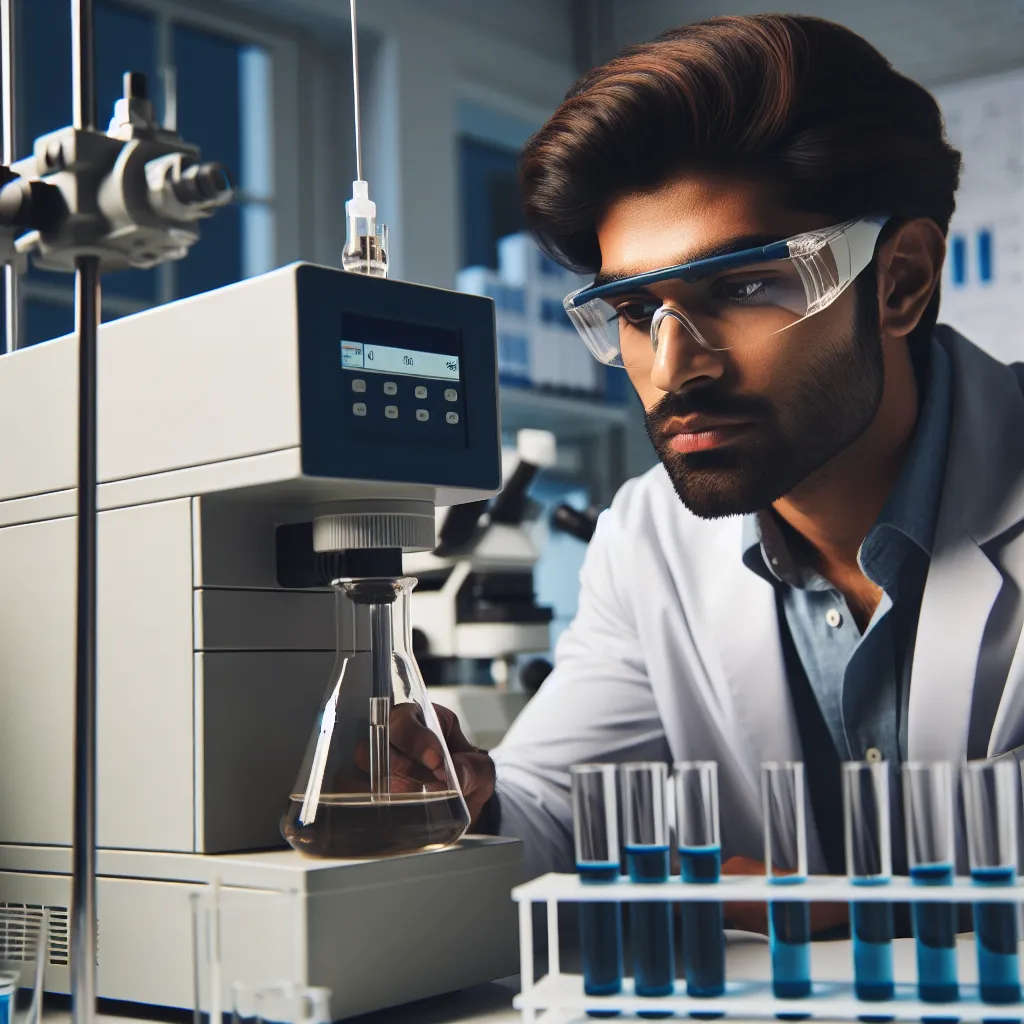
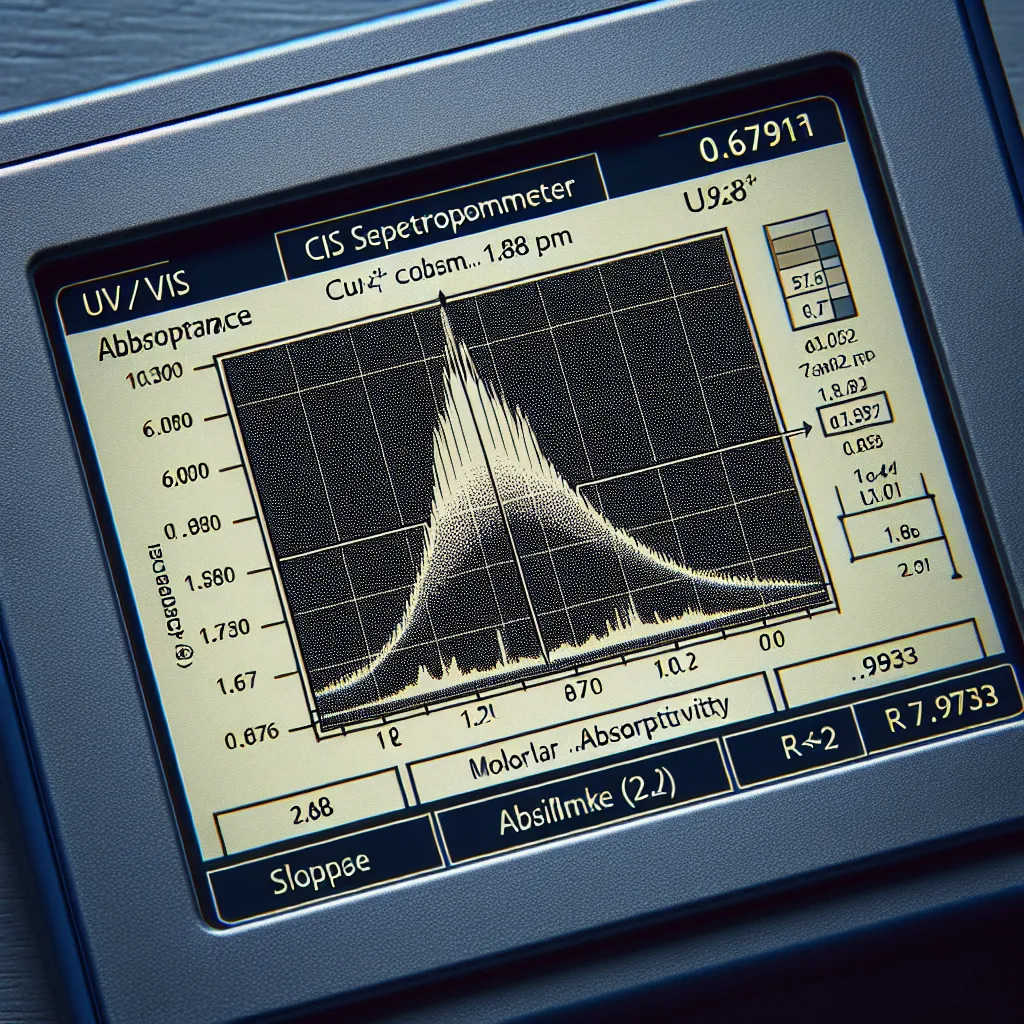
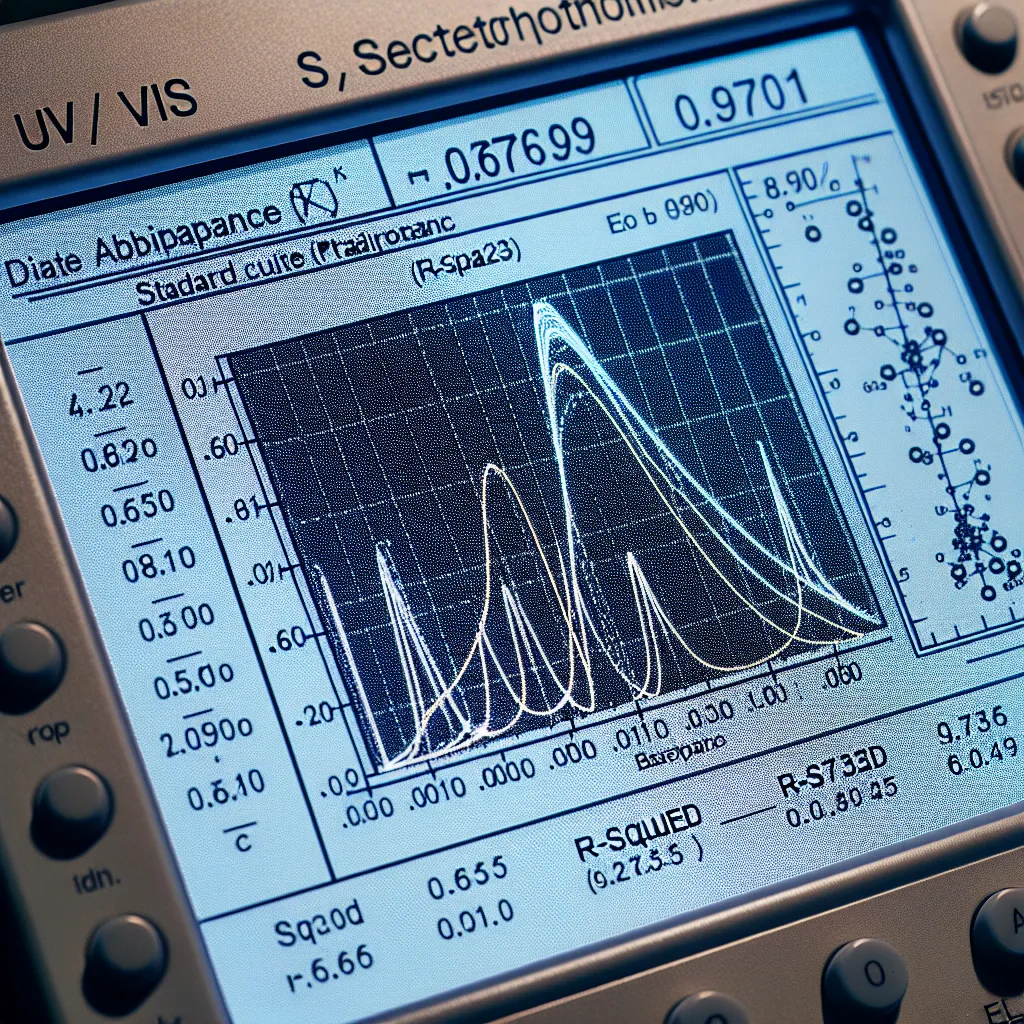
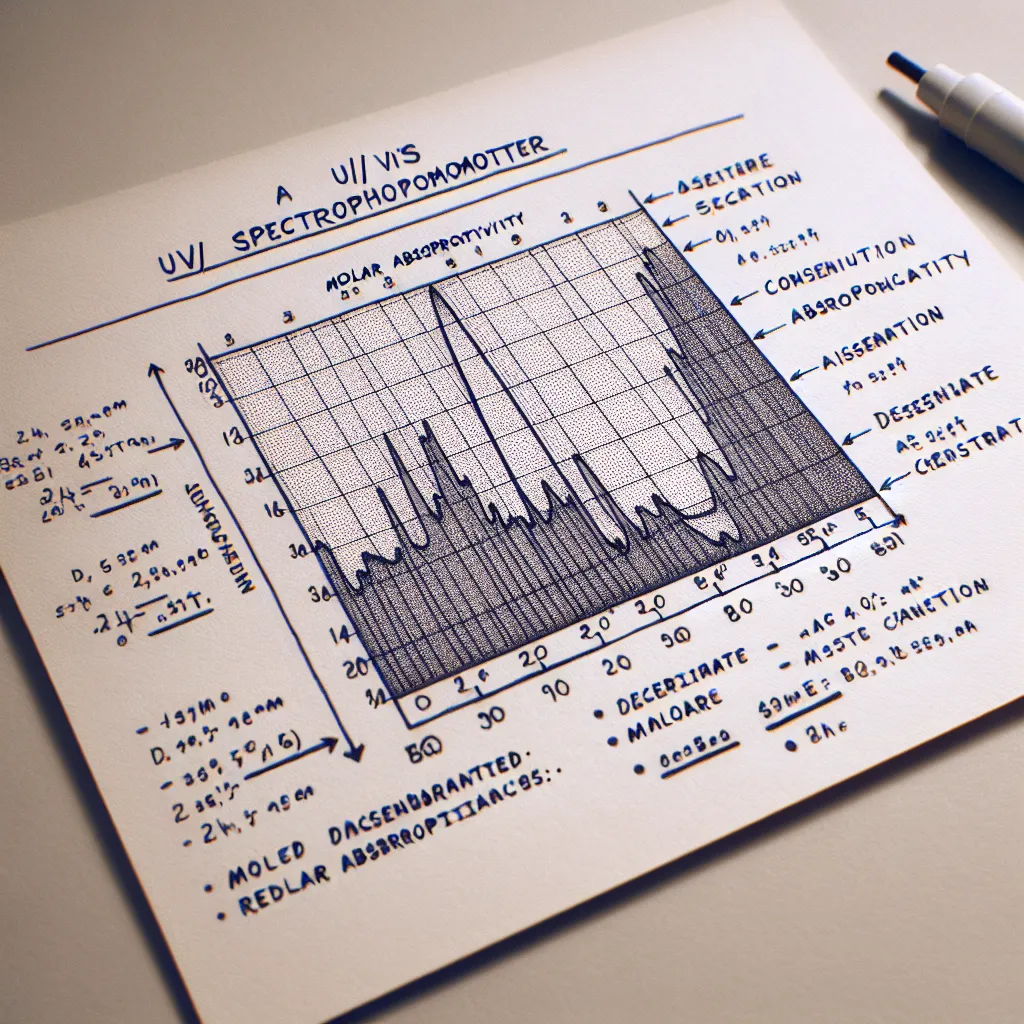
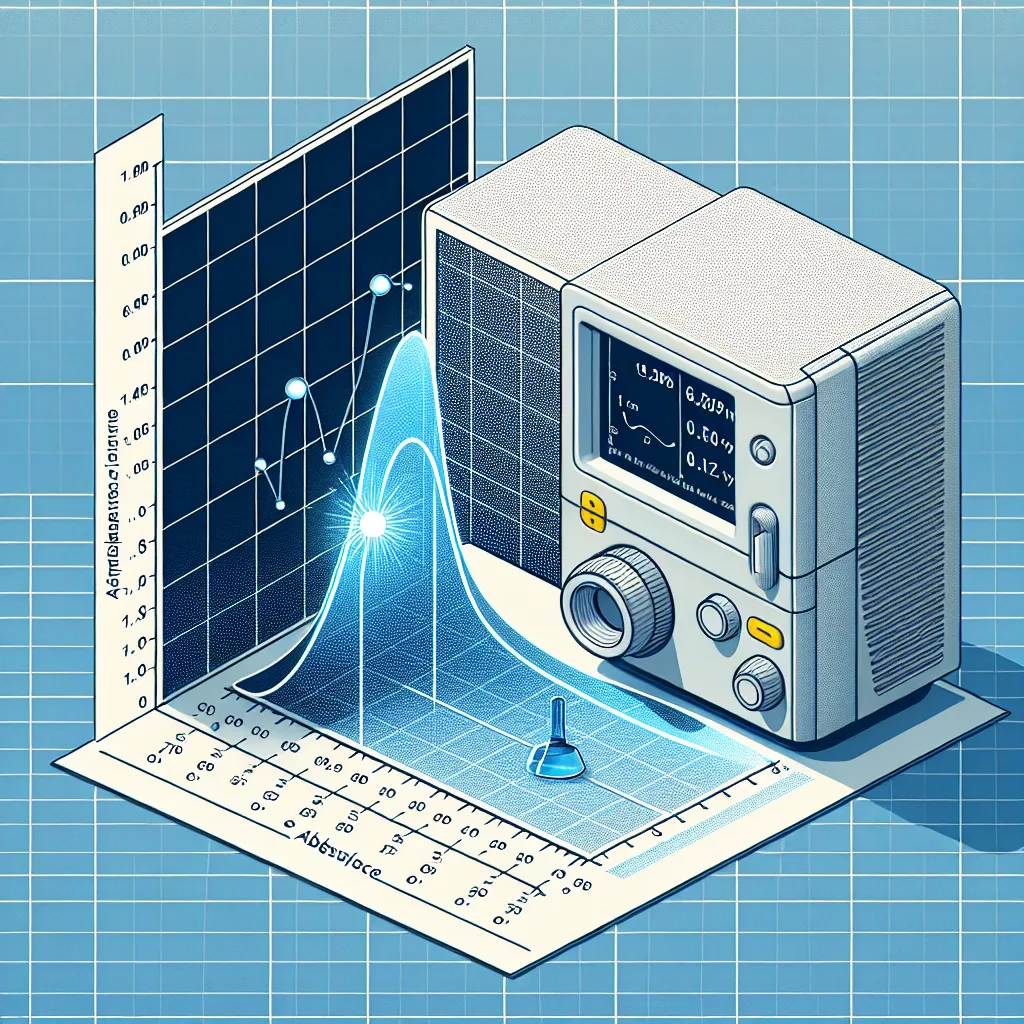
Post your own comment: